George Washington’s Life at Mount Vernon
When George Washington resigned as Colonel and Commander of the Virginia Regiment in 1758, he returned to Mount Vernon to begin his life as a gentleman planter. Although in less than twenty years Washington would be called away by his country, his time between the French and Indian War and the American Revolution was a significant portion of this great man’s life.
Washington had hoped for a regular commission in the English army due to his successes in the field. While being commander of the Virginia Regiment was prestigious, real fame and the best career path was found by obtaining a regular army commission. To his surprise and disappointment, his request was denied by British officials, but he moved onto to the next phase of his life.
Soon after resigning his commission and returning home, George married Martha Dandridge Custis on January 6, 1759. Martha, a wealthy widow at the age of 26, and George had met the previous March when George called on Martha at her home. At the time, Martha had been widowed about a year and had two children, John “Jacky” and Martha “Patsy” (two others had died in childhood).
Although capable of managing her own affairs, Martha wanted a companion and someone to help raise her children. George and Martha were a good match being about the same age, both wealthy landowners, and from the same social circle. Most importantly, they seemed to have genuine affection and respect for each other. While they never had any children together, George loved Martha’s as if they were his own.
After the marriage, the Washingtons had Martha’s 17,500-acre estate and Mount Vernon’s 8,000 acres to manage. Mount Vernon, so named by Lawrence Washington after British Admiral Edward Vernon under whom he had served in the War of Jenkins Ear, would prove to be Washington’s oasis from the busy outside world.
The mansion itself started as a modest one and a half story home in 1734, but George Washington expanded it to about 11,000 square feet over the next five decades, adding on two wings, a cupola, and the piazza facing the Potomac. Interestingly, the façade of the mansion appears to be sandstone blocks, but it is actually made of yellow pinewood shaped, painted, and lightly covered with sand to create that look.
Not surprisingly, George approached managing the estate with his customary zeal and energy. He rose early every morning and worked the land six days a week, leaving Sunday for church, entertaining friends, conducting business deals, and drafting letters.
Washington was a successful and innovative farmer. He experimented with cattle breeding, cultivated numerous fruit orchards, and practiced crop rotation. When tobacco proved too difficult to sustain as a cash crop because of how it depleted the soil, Washington moved to planting wheat. Eventually, he adopted a seven-year crop rotation schedule that yielded excellent results.
“George Washington’s Gristmill and Distillery.”
One of Washington’s central tenets in running his estate was to make his properties self-sufficient and profitable. To this end, George built his own water-powered grist mill, fishery, blacksmith shop, and distillery. Additionally, Mount Vernon had its own set of carpenters, coopers (barrel makers), and shoemakers to service the needs of his family and the hundred or so slaves who worked on his plantations.
The grist mill was one of the most advanced of its time, using the new Evans method of operation, and proved to be very profitable. In 1797 alone, Washington’s grist mill produced over 8,000 bushels (400,000 pounds) of wheat and corn flour. The distillery was an even more successful business operation. Started in 1797, it was one of the largest distilleries in the country and produced almost 11,000 gallons of whiskey each year.
As was typical on southern plantations at that time, enslaved people performed most of the work at Mount Vernon. At the time of Washington’s death in 1799, there were 317 slaves working at the estate, most of whom worked the fields, but 50 were trained in specific trades such as blacksmithing and 10 worked as house servants in the mansion.
The field hands received one new suit of clothes and a pair of shoes each year, while house servants were clothed in a manner befitting the status of the landed gentry. The typical slave quarter was a log dwelling about 225 square feet and housed 6-8 people, with a small vegetable garden to supplement the slave’s standard diet of cornbread and salted fish.
Although Washington did not generally favor the use of harsh disciplinary measures with his slaves, that was not always the case. When a slave repeatedly tried to run away (roughly 7% attempted to escape) or was disrespectful or disobedient, Washington authorized whipping with a hickory switch. As a last resort, Washington would sell off the most troublesome slaves to other plantations and sold at least three slaves to sugar plantations in the West Indies.
Although Washington did not free his slaves while he was alive, he granted them their freedom by a decree in his will. Moreover, he did not like the institution of slavery and advocated abolition stating, “I never mean to possess another slave by purchase: it being among my first wishes to see some plan adopted by the legislature by which slavery in the country may be abolished by slow, sure, and imperceptible degrees.”
Next week, we will discuss the life of Martha Washington. Until then, may your motto be “Ducit Amor Patriae,” love of country leads me.

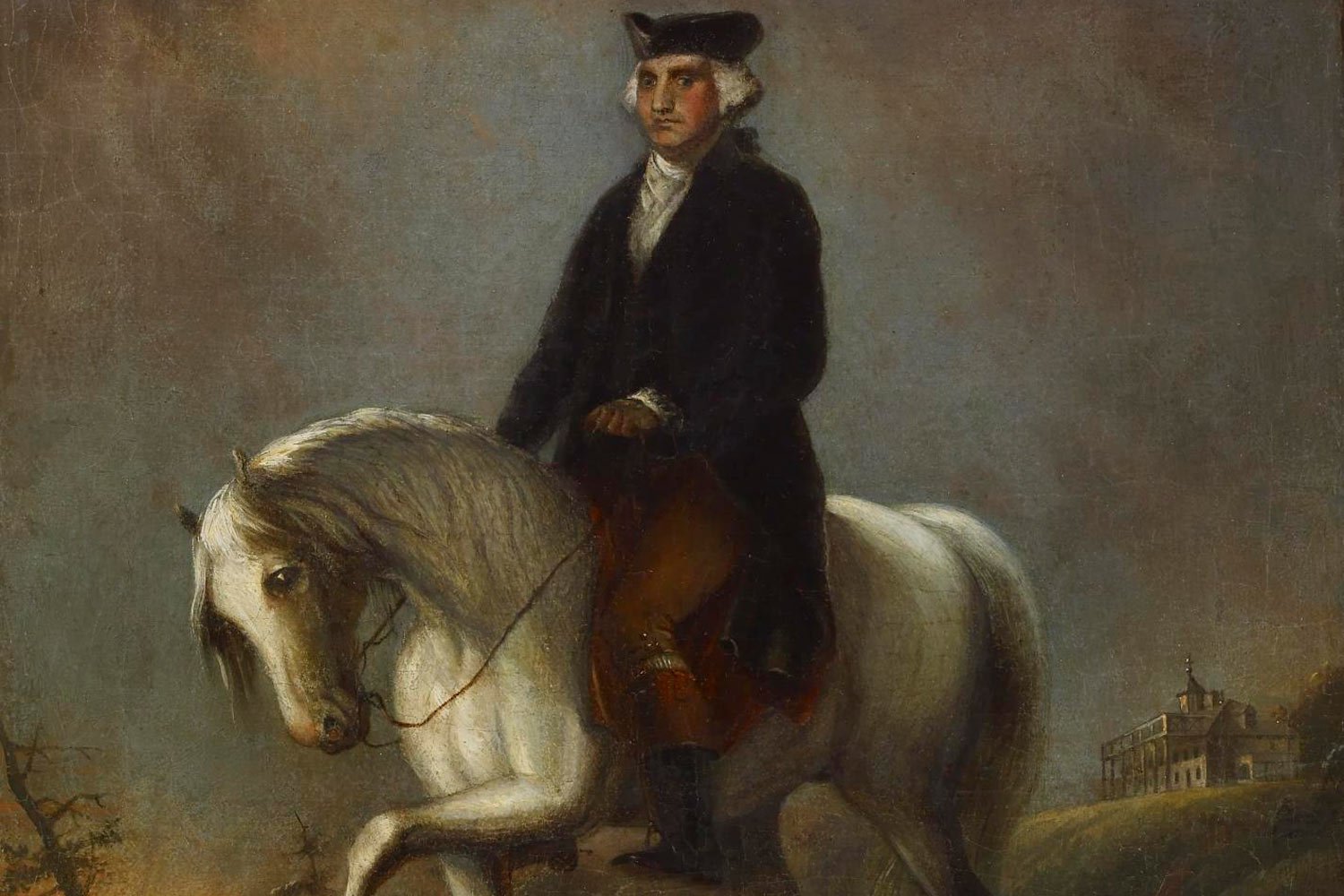

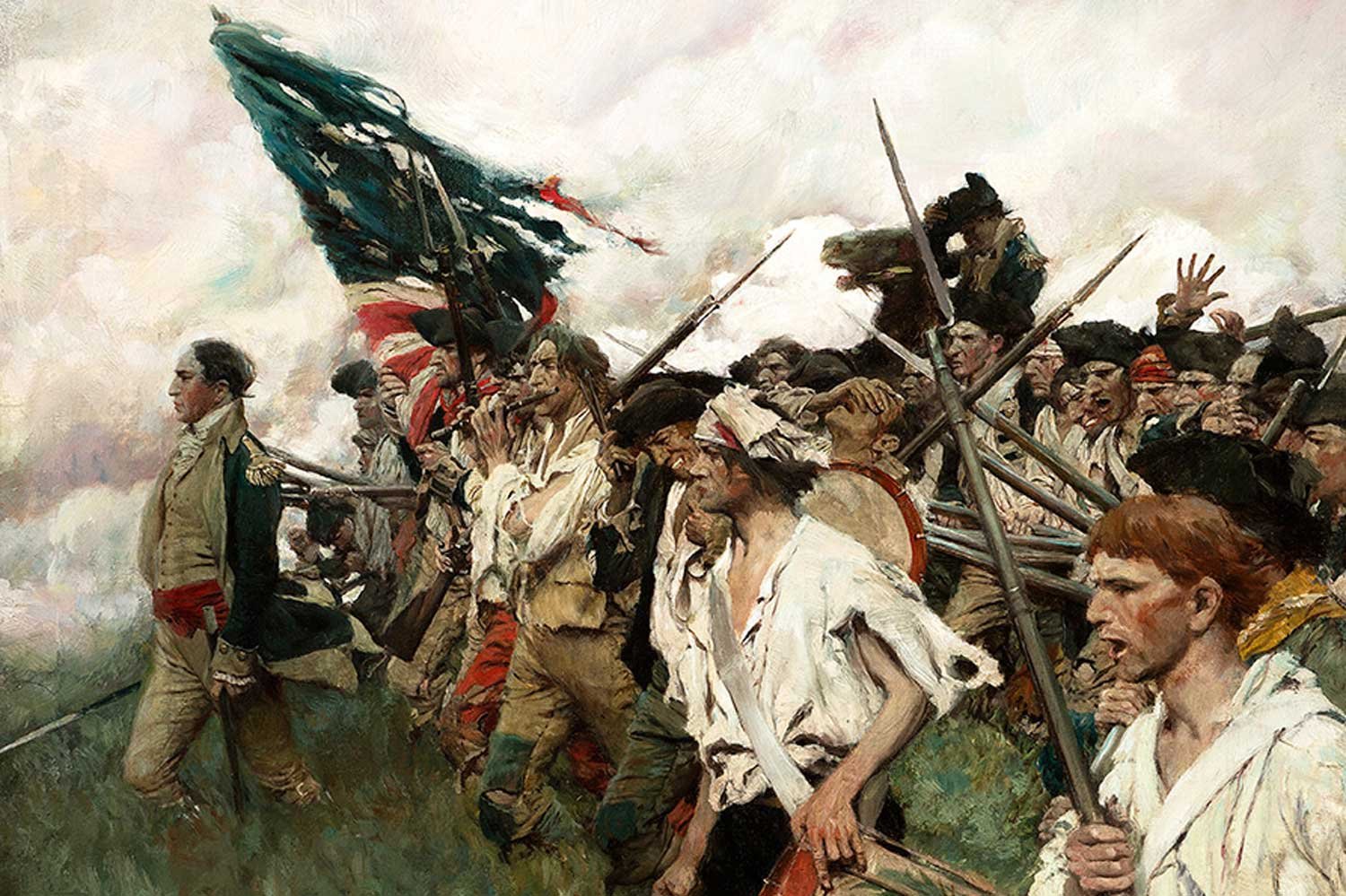
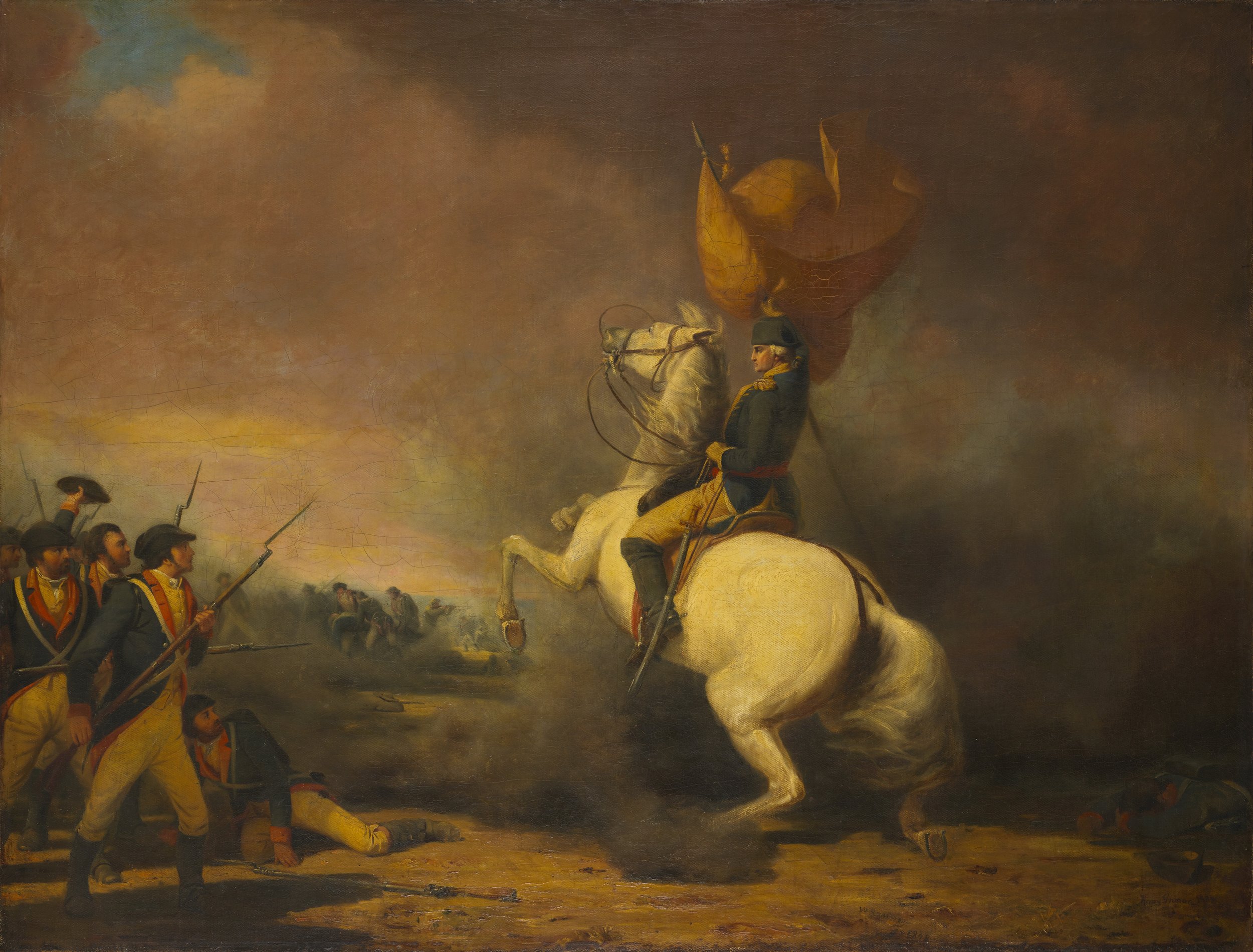
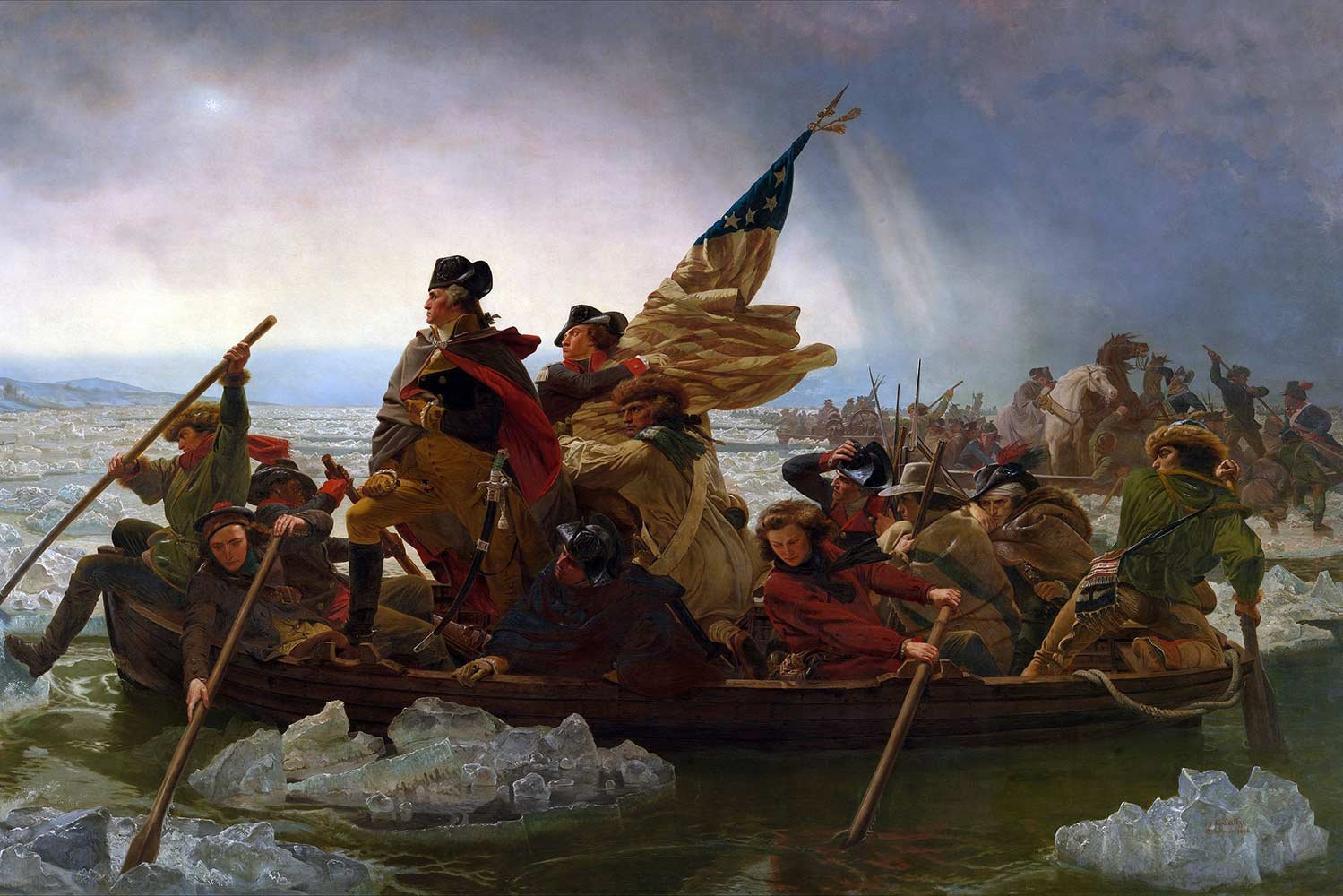

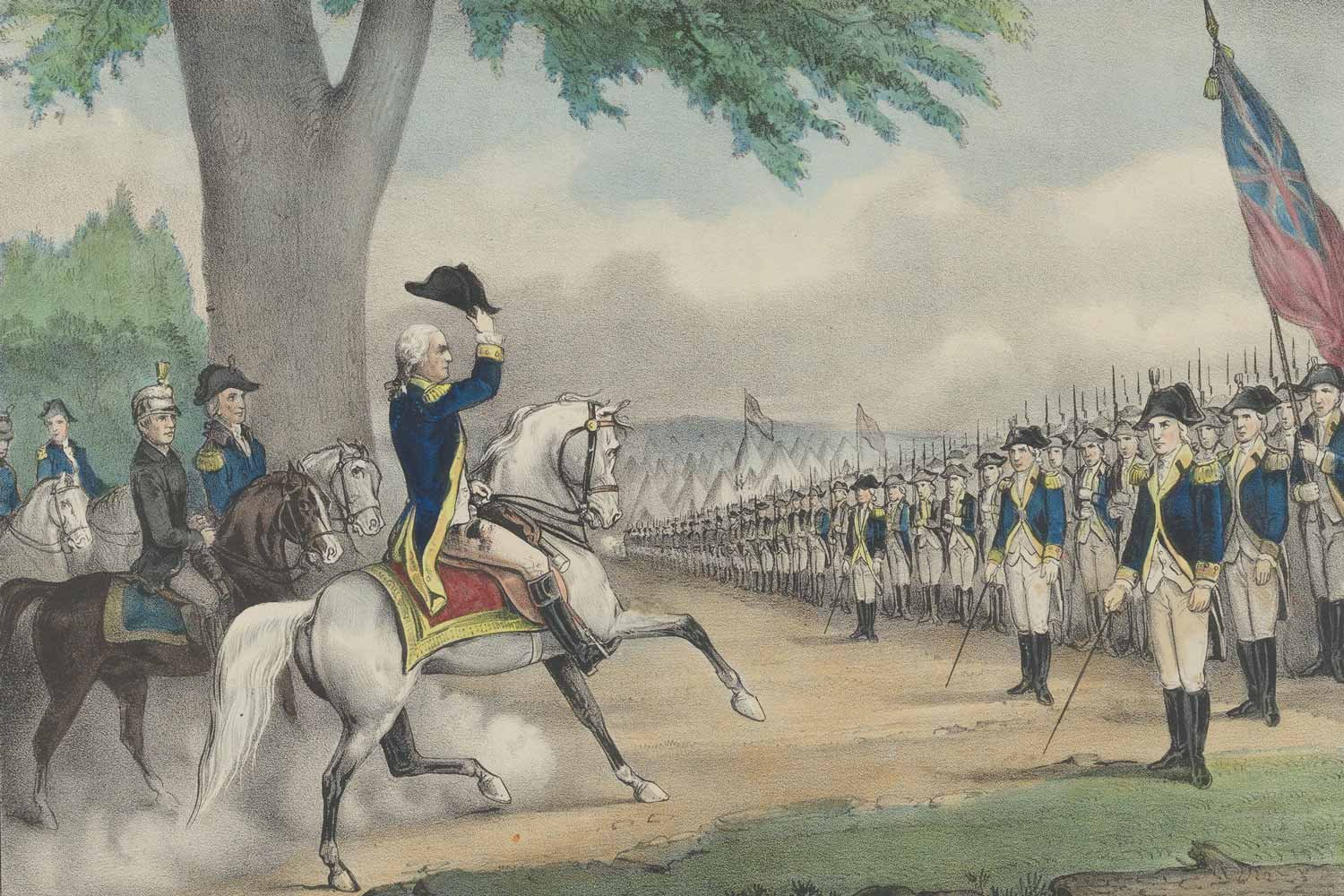
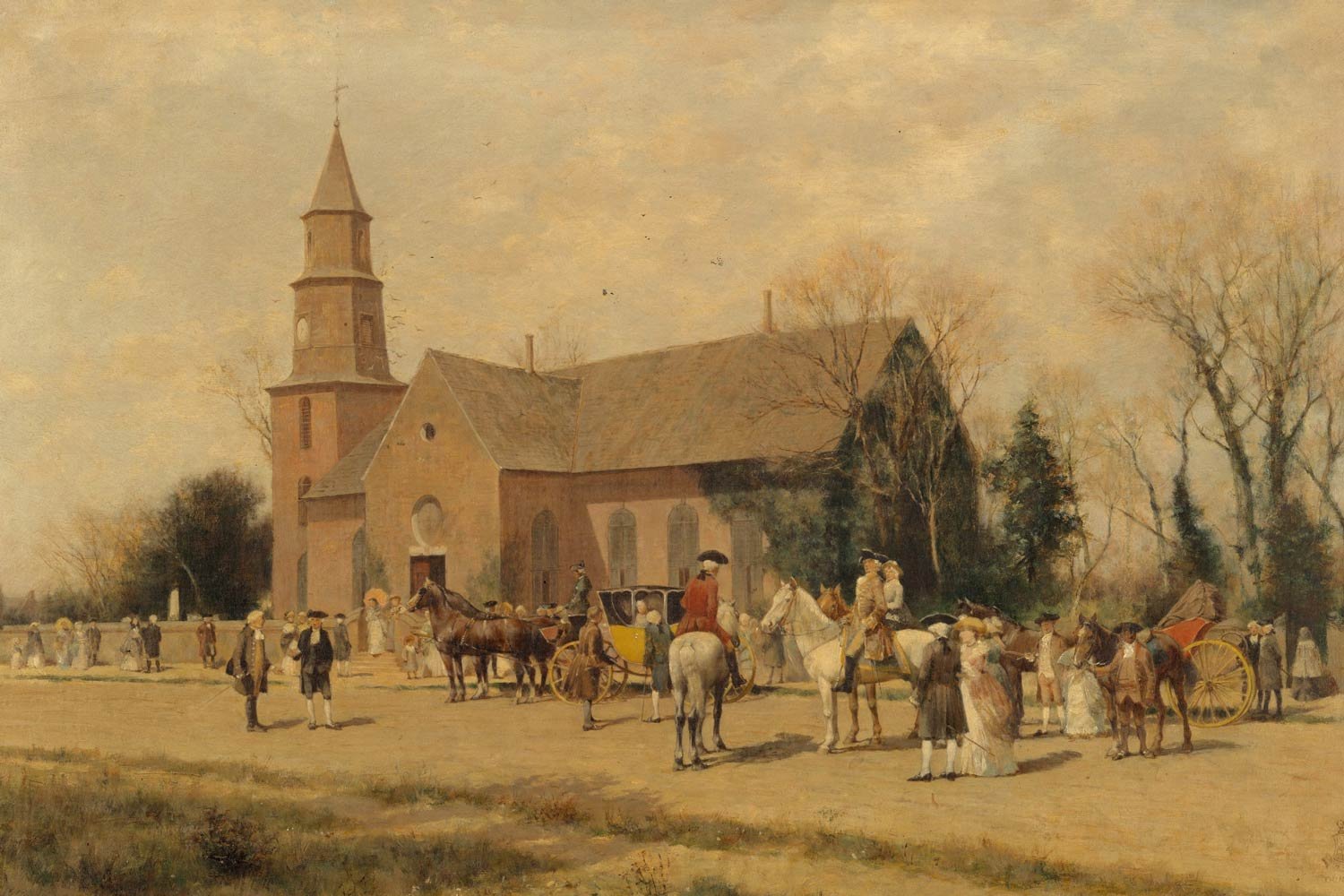
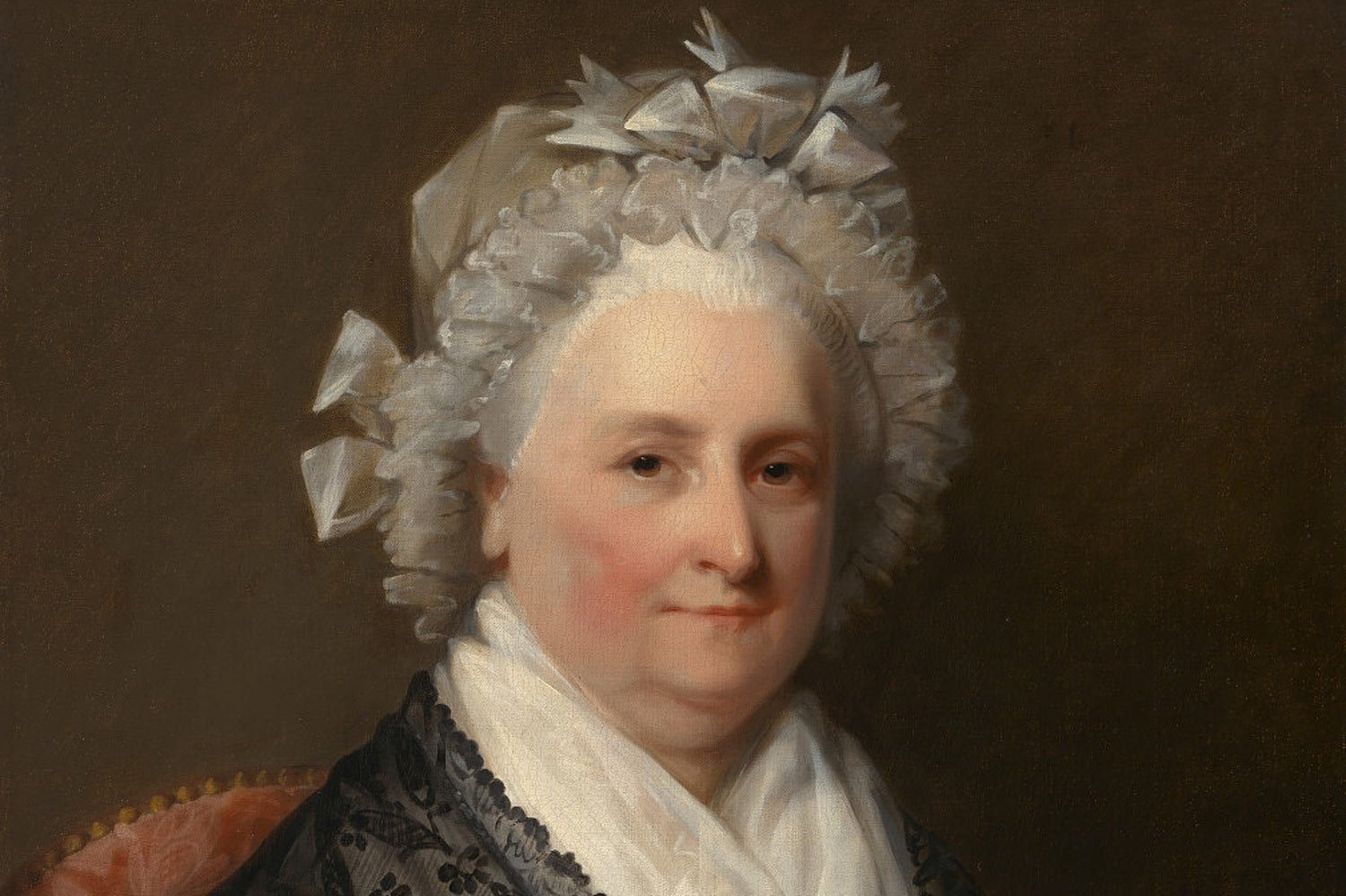
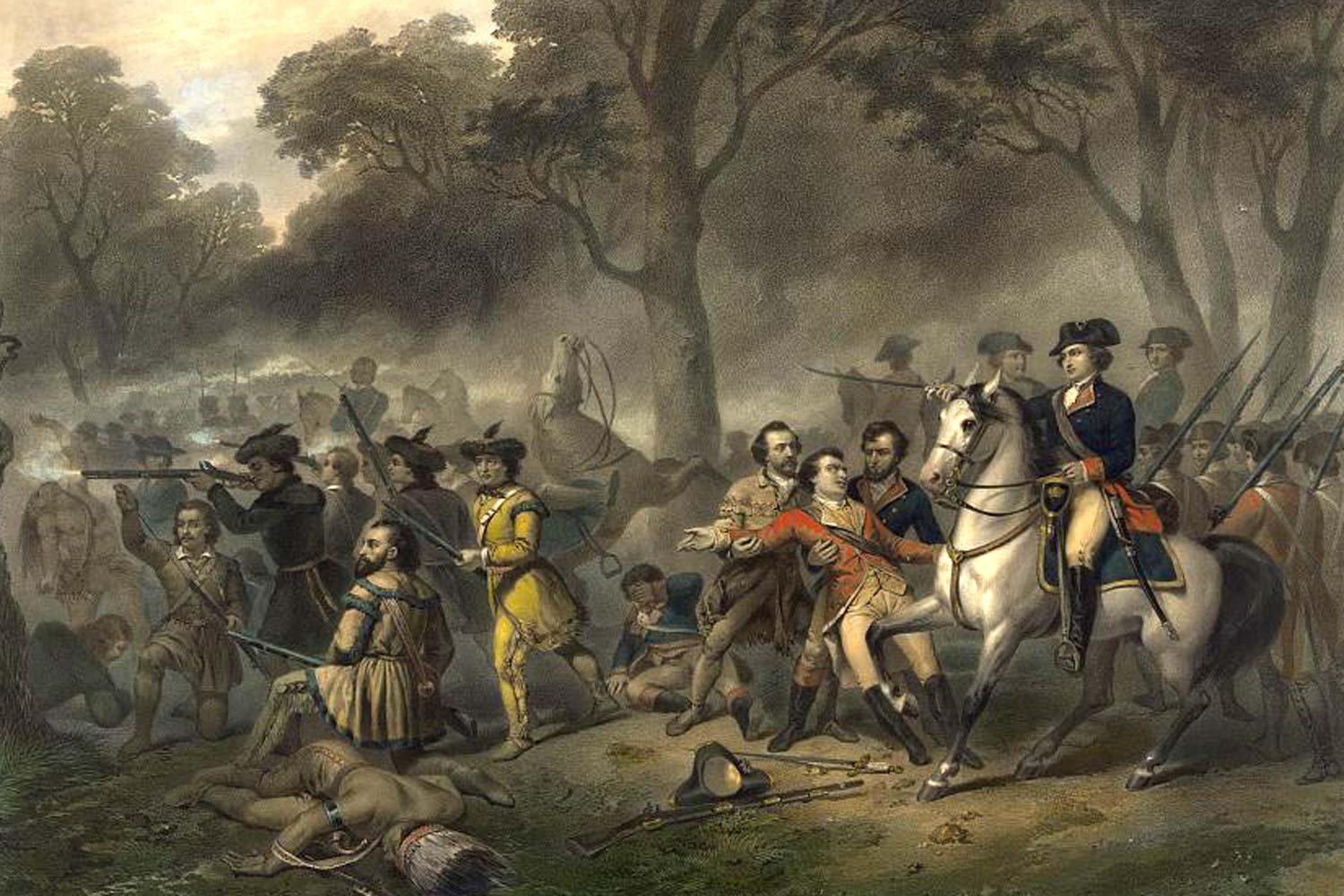
In December 1777, following the loss of Philadelphia, our nation’s capital, General George Washington moved his Continental Army to Valley Forge for the winter. It would prove to be a desperately hard winter for the soldiers, with conditions that might have broken the spirit of less determined men, but one from which the American army emerged a more professional fighting force.